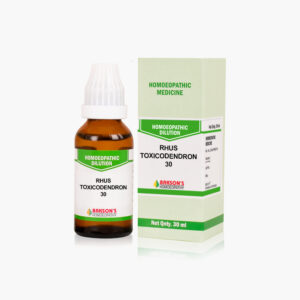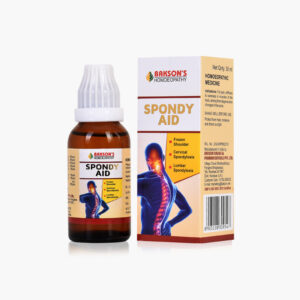What is Degenerative Disc Disease?
Intervertebral discs are pads of fibrocartilage-based structures present between each vertebral body of the spine that provide support, flexibility, and share some load as well. These are composed of two layers: nucleus pulposus on the inside of the disc and a surrounding firm structure known as the annulus fibrosus.
A disruption of the normal architecture of these discs can lead to a disc herniation or a protrusion of the inner nucleus pulposus, which can apply pressure on the spinal cord or nerve root and result in radiating pain and specific locations of weakness.
Almost 90% of herniated discs occur at the L4-L5 or the L5-S1 disc space in the lumbar spine and C5-C6 is most commonly affected in the cervical spine.
Causes
Disc degeneration is directly correlated with increasing age. While aging, some environmental and genetic factors can predispose individuals to the development of degenerative disc disease. Other possible risk factors and causes have been researched, including:
- Smoking
- Occupation
- Atherosclerosis
- Contact sports
- Prior surgeries
However, studies have found uncertain contributions of body mass index, sex, sports, smoking, and alcohol consumption in causing this disorder.
Signs and Symptoms
- Cervical Degenerative Disc Disease: Patients present with axial neck pain and difficulty with movement. There may be associated headaches or shoulder pain in some cases. Unilateral radicular symptoms are prevalent resulting from posterolateral disc herniations and osteophytes located at the neural foramen. Other signs and symptoms include changes of deep tendon reflexes, muscle atrophy, hypesthesias, paresthesias, or weakness demonstrated by specific nerve root signs.
- Lumbar Degenerative Disc Disease: Characterized by pain radiating down both buttocks and lower extremities. A herniation compressing the L5 nerve root will present as a weakness of ankle dorsiflexion and an extension of the great toe. L4 radiculopathy may present with weakness at the quadriceps and a decreased patellar tendon reflex.
Diagnosis
Provocative testing such as a Spurling test and a shoulder abduction (relief) test can evaluate for any radicular symptoms in case of cervical spine. A Straight Leg Raise Test is done for lumbar spine involvement.
Laboratory tests like CBC with differential along with an ESR and CRP, and Blood culture may be advised to diagnose this disease. Imaging like X-ray, CT or MRI are done to rule out other conditions.
Management
Patients are advised for a 6 week physical therapy with an emphasis on core strengthening and stretching. Certain measures like cognitive therapy, lifestyle modification and modification of the activity that may exacerbate the pain have been known to help in such cases. Other measures include:
- Initial short term immobilization
- Cervical collar
- Heat has shown to decrease pain and reduce muscle spasms.
- Massaging the area of intensity
- Cervical traction
- Active modalities like aerobic conditioning, dynamic muscle training, isometric, and range of motion exercises.
Warning: Above information provided is an overview of the disease, we strongly recommend a doctor’s consultation to prevent further advancement of disease and/or development of complications.
Disclaimer: The information provided herein on request, is not to be taken as a replacement for medical advice or diagnosis or treatment of any medical condition. DO NOT SELF MEDICATE. PLEASE CONSULT YOUR PHYSICIAN FOR PROPER DIAGNOSIS AND PRESCRIPTION.



 Login
Login









